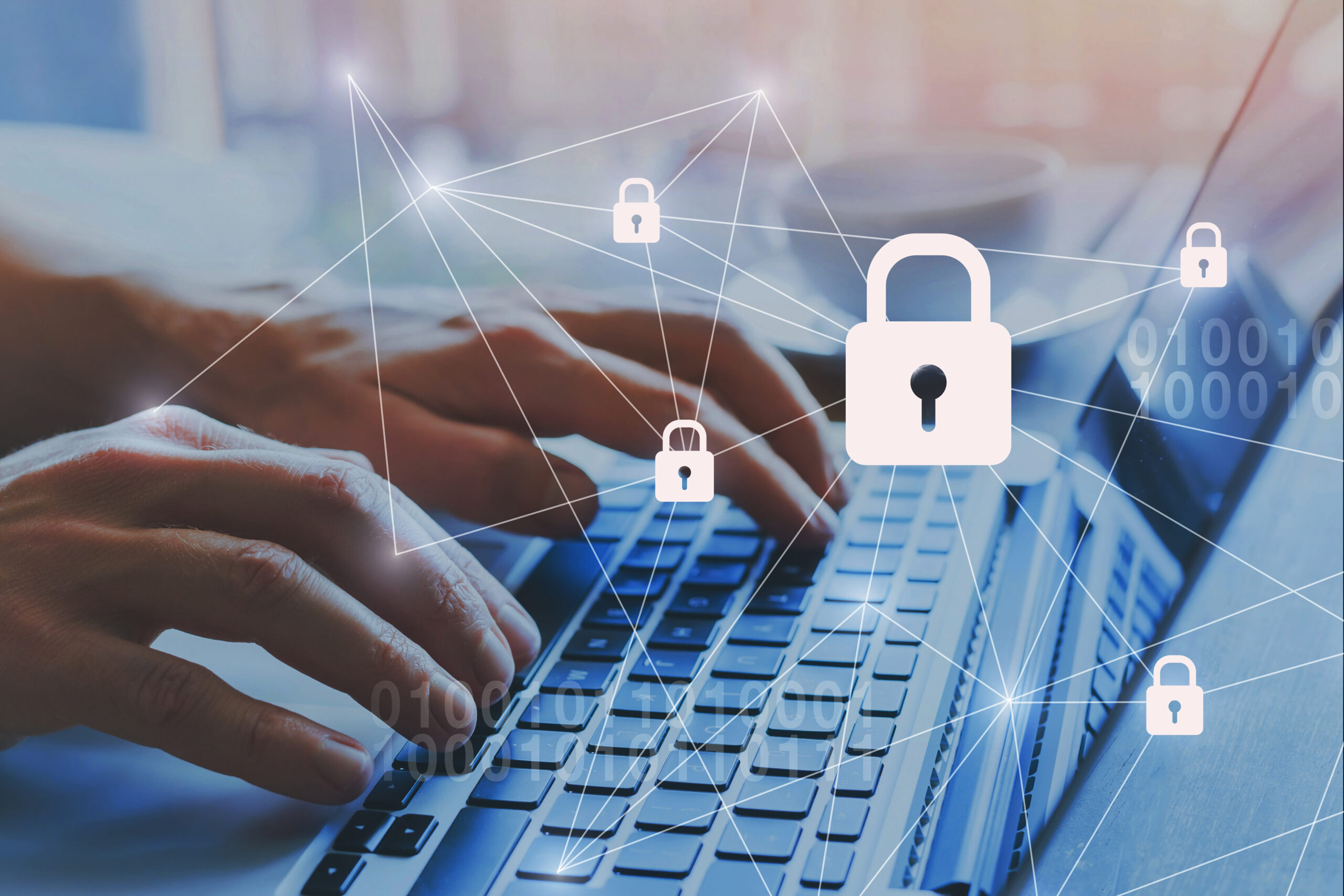Category: Blog
Cybercrime is evolving at an unprecedented pace—and automation is the accelerant. With the rise of AI tools and scalable attack infrastructure, even individuals with no technical skills can now run convincing, high-impact campaigns. For organizations, this means the threat landscape isn’t just changing. It’s expanding.
When Cybercrime No Longer Requires Expertise
Not long ago, launching a cyberattack required technical know-how. Today, tools powered by generative AI—like ChatGPT, Copilot, or other public platforms—have changed the game. These systems can help create phishing emails, write malware, or even run entire social engineering campaigns with just a few prompts.
Some attackers have figured out how to manipulate these tools, bypassing built-in safety features to carry out what look like legitimate tasks—but with malicious intent. For example, fake job offers or help requests can now be created in fluent, natural language, tailored to the victim, and even translated into multiple languages automatically. The result: more believable, more scalable attacks.
We’re also seeing early versions of autonomous AI agents—tools that don’t just assist but act. In test environments, these agents have scanned for vulnerabilities, found weak points, and exfiltrated data on their own. It’s a preview of what future attacks may look like: fully automated, fast-moving, and difficult to stop.
Bots Are Now the Majority Online
For the first time, bots generate more internet traffic than humans. According to recent data, 51% of web activity comes from bots—and over a third of that is linked to malicious activity. These bots are used for everything from stealing passwords and scraping sensitive data to launching denial-of-service attacks.
Thanks to AI, bots are now better at mimicking human behavior. They can click, scroll, and even hold conversations, making it harder for traditional security tools to spot the difference. This growing wave of “smart bots” means organizations need to rethink how they monitor traffic and distinguish between legitimate users and automated threats.
The Reality of Quantum Cyber Threats
Quantum computing holds huge promise for science and technology—but it also poses a major risk to cybersecurity. These powerful machines could eventually break today’s encryption, threatening the systems that protect financial transactions, communications, and classified data.
Some nations are racing to develop quantum capabilities. Others are targeting universities, labs, and private companies to steal sensitive research and gain a strategic edge. In response, security agencies have launched coordinated efforts to safeguard critical quantum innovation and prepare for the shift to quantum-resistant encryption methods.
That shift won’t happen overnight. But the work must start now—by modernizing systems, following post-quantum cryptography guidance, and protecting not just data, but the talent and infrastructure behind it.
Ransomware Grows More Evasive and More Profitable
Ransomware remains one of the most damaging cyber threats, and it continues to evolve. One technique making a comeback is called fast flux. It works by constantly rotating the IP addresses and domain names of malicious servers. Imagine trying to block a website, but it changes location every few seconds—that’s what defenders are up against. This makes it harder for traditional tools and law enforcement to shut down attack networks.
Meanwhile, ransomware-as-a-service has taken off. It’s now possible for someone with minimal technical knowledge to buy a ready-made ransomware kit, launch attacks, and split the profits with the developers. These attacks increasingly target critical sectors like healthcare, finance, and IT—but small businesses are often hit hardest, with fewer resources and less resilience.
Ransomware monetization tactics are also evolving. Some groups now skip encryption entirely, focusing instead on pure data extortion or selling access to compromised systems. Others operate more like criminal cartels, managing networks of affiliate attackers under a shared brand. While headlines often spotlight the most high-profile breaches, the broader trend is clear: ransomware is growing in volume, variety, and business impact.
What Organizations Can Do Today
The threats may be evolving, but organizations have powerful tools of their own. They should act now to:
- Deploy adaptive detection systems powered by AI—not just rule-based filters.
- Monitor for abnormal bot behavior, not just known threats.
- Start preparing for post-quantum encryption before it’s urgent.
- Back up systems and train staff regularly to recognize phishing and extortion tactics.
- Collaborate with industry peers and regulators to stay ahead of emerging risks.
Cybersecurity can no longer be reactive. It must be predictive, flexible, and fast enough to meet the pace of change.
Navigating the Future of Cybersecurity
As threats driven by AI, automation, and quantum computing accelerate, cybersecurity must become smarter and more adaptive. Legacy tools aren’t enough organizations need proactive, resilient defenses built to evolve.
At Hitachi Cyber, we help organizations stay ahead by modernizing infrastructure, scaling defenses, and preparing for what’s next. Because securing the future starts with seeing it clearly.
Schedule a discovery call today to explore how we can support your cybersecurity strategy.


